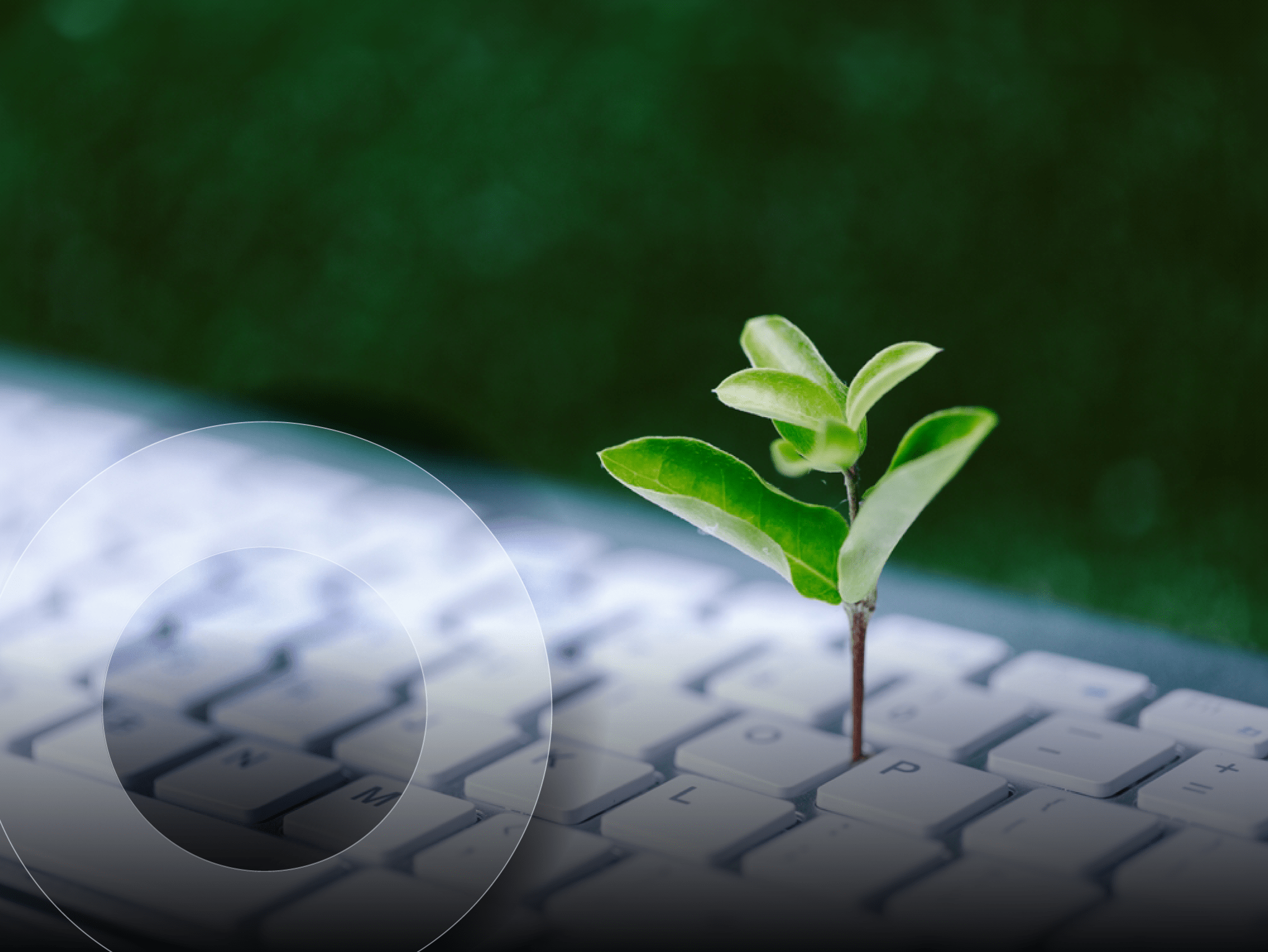Predicting which 2024 tech trends will emerge as the next AI or sustainability:
Our experts discuss the past year's highs and lows, and share their forecasts for the year ahead.

I think I’ve heard more references to the term ‘VUCA’ (volatility, uncertainty, complexity, and ambiguity — or as the Harvard Business Review puts it, “a catch-all for “Hey, it’s crazy out there!”‘) in the past few months than I have since before the pandemic. The predictions that “Next year we’ll be able to get back to normal!” have faded away. And there have been a surprising number of references to Enver Hoxha‘s address to the Albanian people in 1967 in which he proclaimed, “This year will be harder than last year. On the other hand, it will be easier than next year.”
And 2023 did feel hard for many of us.
Why did it feel so hard?
Global economic growth slowed from 3.5% in 2022 to around 3% in 2023, according to the International Monetary Fund (IMF), while the cost of living crisis impacted both individuals and organizations. IT budgets were squeezed as organizations reduced borrowing or conserved capital, while vendors were impacted by a more cautious approach to funding by both institutional investors and venture capitalists.
We also saw the hottest year on record, devastating floods in Libya, record rainfall in China, and record-breaking wildfires around the globe. The war in Ukraine continued and was joined by the conflict in Gaza, while ongoing concerns about dependence on China also highlighted the need to understand supply chains better, quantify the risks, and take steps to mitigate them.
So far, 2024 shows no sign of letting up. The new year started with an earthquake in Japan, there is dramatic volcanic activity in Iceland, elections in Taiwan may exacerbate the situation in China, and the IMF is expecting overall global growth to slow from an expected 3.0% in 2023 to 2.9% in 2024.
How about the good news?
However, from a technological perspective, we have seen developments that support sustainability, ensure that we are better connected than ever, and enable us to be more creative and effective, as well as productive. And despite increasing ransomware attacks, data breaches, and concerns about the rapid development of AI, we have seen real innovation.
Against this background, I got together with my colleagues Brad Bowers, Kevin English, Jennifer Parisi, and Cory Peters to discuss the biggest IT breakthroughs and headaches of 2023 and their predictions for the year ahead. You can watch the webinar on demand, but here are a few highlights.
So, what were the best tech trends of 2023?
When asked about 2023 tech trends, Kevin highlighted the launch of Apple Vision Pro, enabling the ‘endless desktop’ solution that Apple calls spatial computing. Apple Vision Pro focuses more on individual and small group interactions with technology than the vastness of the entire online world. Since Kevin leads our modern workplace services practice, it’s no great surprise that he’s keen to see more business use cases for virtual and augmented reality.
Brad highlighted advancements in operational technology (OT) and IoT security. As a Field CISO, he knows just how often organizations have struggled to protect industrial devices as they have become networked, as well as the myriad small sensors and edge devices that make up complex industrial systems. In 2023, solutions to these longstanding challenges are seeing real progress. The second point Brad raised was that 2023 saw the SEC charge a CISO for weak security controls and misleading the SEC on the company’s cybersecurity level. This led to jail time for the CISO and new incident disclosure security control expectations for publicly traded companies.
For Cory, who heads up SHI’s Cloud and Services division, 2023 was the year of AI, while for Jennifer (Director of Microsoft Customer Success), the highlight of the year was being able to meet so many customers in person and talk to them about their business challenges and opportunities.
We discussed the impact of AI in 2023, from use case discussions with customers (and there will be more on this in future webinars) to cybersecurity ramifications.
We also covered the end-user impact of tools like Copilot for Microsoft 365 and explored how digital employee experience (DEX) tools that deliver augmented intelligence will affect the workplace.
Resilience is key to success
Environmental sustainability has been an increasing focus for our customers. In fact, we recently hosted our first-ever Sustainability Summit to learn more about their challenges and successes. We’ve seen changes in workplace provisioning with extended lifecycles, intelligent refresh, and a renewed focus on asset recovery, as well as changes to cloud strategy considering the environmental impact of cloud-based workloads and data.
Surviving and thriving during the current economic uncertainty isn’t just about environmental sustainability but about the long-term sustainability of the organization as a whole, highlighting difficult trade-offs when it comes to budgets and projects. We’ve seen customers focused on keeping the lights on, with investment focused on being more efficient and making their money go further, and we’ve seen increased focus on minimizing failure points through reduced complexity and thoroughly tested business continuity plans.
So, what tech trends does 2024 have in store for us?
Forecasts suggest we can continue to expect a bumpy ride, with the IMF predicting declining global growth amid ongoing conflicts and disasters. So, what did our panel have to say about 2024 tech trends? Well, they’ll be sharing more in future blogs — but here are the headlines:
From Brad:
Quantum computing will drive a need for stronger encryption.
From Kevin:
Apple Vision Pro will be a game-changer for immersive technologies.
From Cory:
AI reaching could be as impactful as the invention of the lightbulb — making workplaces safer, improving consistency, removing friction, and creating new industries and jobs.
From Jennifer:
We’ll see more AI use cases and conversations unfold over the next year.
And what do I think?
Well, I was moderating, and I’m writing the blog, so I let myself have two tech trends predictions:
Firstly, environmental sustainability will no longer be a separate project or initiative, but built into everything we do within the tech industry — in the same way that cybersecurity is (or should be!). And secondly, that organizations will increase their focus on internal AI governance to ensure that the data governance and internal controls currently in place are not undermined by AI algorithms happily sharing data regardless of whether it is appropriate.
If you want to know more, you can watch the webinar on-demand, sign up for future webinars, connect with us directly, or check back here on the Resource Hub for more blog posts from SHI’s Strategic Insights team.




